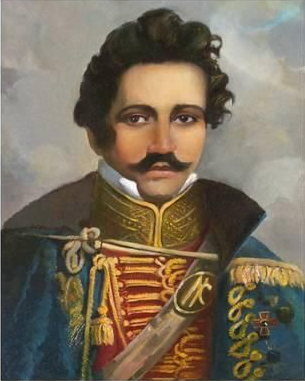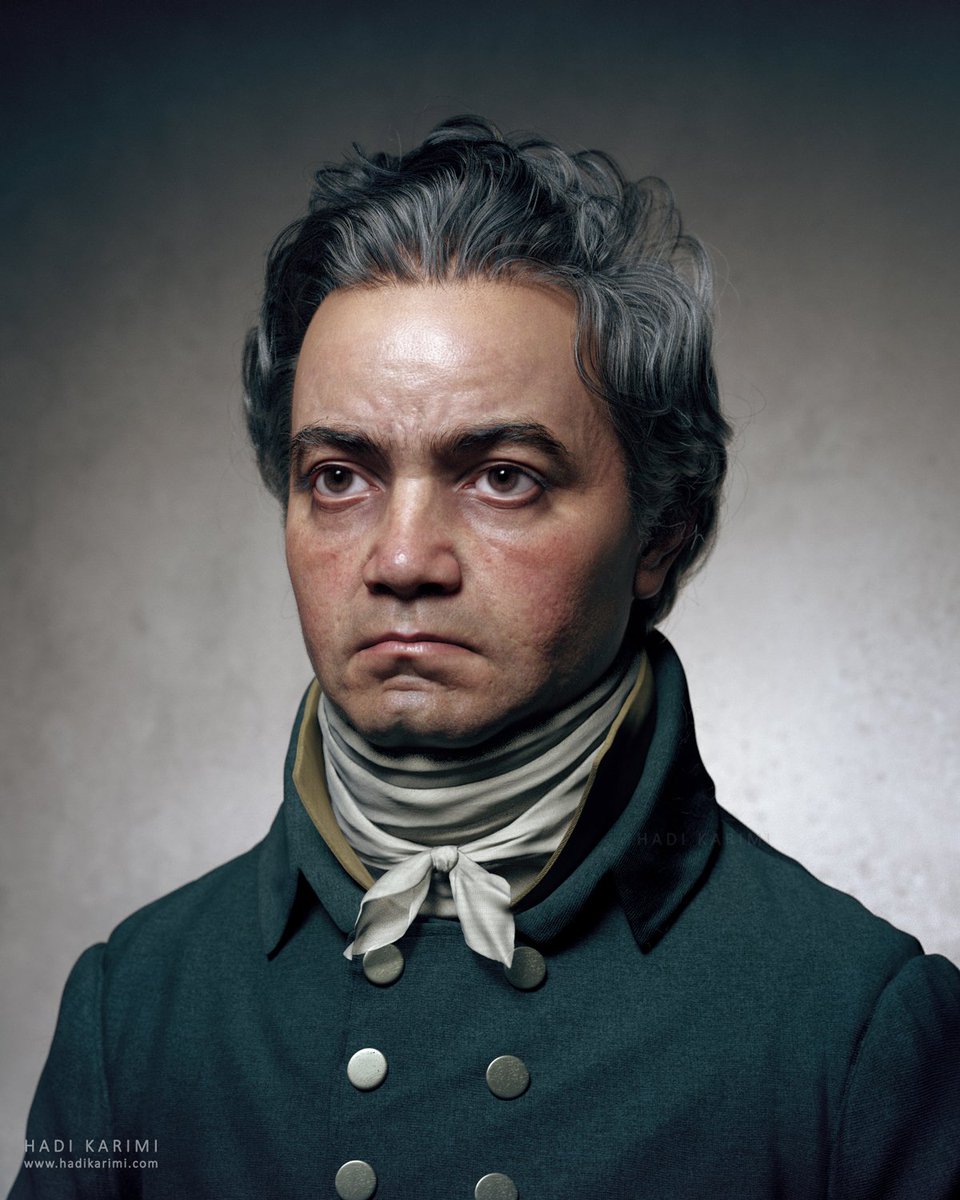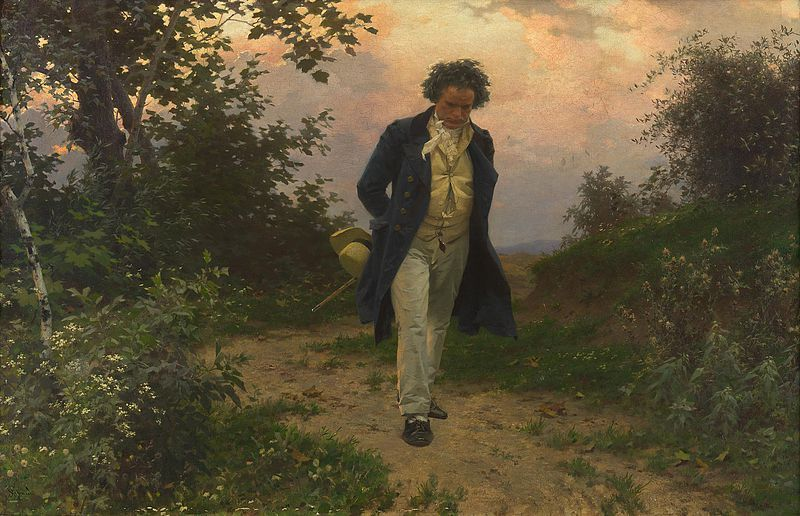
#TheCompleteBeethoven #711
String Quartet in E-flat major, Op. 127 (1824-5)
1/ "They seem to me to stand ... on the extreme boundary of all that has hitherto been attained by human art and imagination." - Robert Schumann on the quartets Opp. 127 & 130
String Quartet in E-flat major, Op. 127 (1824-5)
1/ "They seem to me to stand ... on the extreme boundary of all that has hitherto been attained by human art and imagination." - Robert Schumann on the quartets Opp. 127 & 130
2/ Beethoven's late quartets are now revered as five (or six) of the supreme masterpieces in all music. Some of the praise is heaped on them in purple prose that I'm too tactful to quote, but which I often find as hard to digest as early audiences found the music to hear.
3/ Many of #BeethovensContemporaries were puzzled or actively hostile. Louis Spohr called them "indecipherable, uncorrected horrors". Yet the quartets, and particularly Op. 127, sprang from the same musical soil that nurtured his greatest public triumph.
https://twitter.com/deeplyclassical/status/1336567331141586944?s=20
4/ The Diabelli Variations and Missa Solemnis were almost finished when Beethoven received two letters that set a fresh pair of monumental projects in motion. One, in December 1822, was for the Ninth Symphony. The other, written in November, came all the way from St. Petersburg.
5/ "Being as passionate an amateur as an admirer of your talent, I am taking the liberty of writing to you to ask you if you would be willing to compose one, two or three new quartets. I shall be delighted to pay you for the trouble whatever amount you would deem adequate." 



6/ Its author was Prince Nikolai Borisovich Galitzin, an amateur cellist who had once lived in Vienna. Galitzin was now an important patron in St. Petersburg. Through him, the city came to be the venue for the premiere of the Missa Solemnis in April 1824.
https://twitter.com/deeplyclassical/status/1333664119032082432?s=20
7/ Galitzin wasn't the first Russian to get revolutionary quartets from Beethoven. His compatriot Count Razumovsky had commissioned three works that set the mould for the middle-period chamber music, and broke the mould for what a string quartet could do.
https://twitter.com/deeplyclassical/status/1278578132904300545?s=20
8/ Beethoven had already been working on his first new quartet in over a decade. He promised to have one ready by March 1823, but it was only in the second half of 1824, after the symphony was finished and Galitzin had got his mass performed, that he devoted himself to the task. 



9/ But when he did, "such a wealth of new quartet ideas streamed forth from Beethoven's inexhaustible imagination that he felt almost involuntarily compelled to write the C#-minor and F-major quartets [Opp. 131 & 135)" (Karl Holz) straight after the three composed for Galitzin.
10/ Beethoven discarded an extra movement (called 'La Gaîté') and a slow introduction to the finale from his sketches. Only the first (Op. 127) and the last (Op. 135) of this extraordinary series are in the usual four movements, and that's pretty much where convention ends.
11/ The first reviews make a sobering contrast with the triumph of the Ninth Symphony:
"incomprehensible, incoherent, vague, over-extended series of fantasias - chaos, from which flashes of genius emerged from time to time like lightning bolts from a black thunder cloud."
"incomprehensible, incoherent, vague, over-extended series of fantasias - chaos, from which flashes of genius emerged from time to time like lightning bolts from a black thunder cloud."
12/ But Op. 127 builds on ideas also found in the symphony. All three 'Galitzin' quartets integrate what appears at first to be a slow introduction into a larger sonata structure. Op. 127 adds a twist of its own to the symphony's first-movement pattern.
https://twitter.com/deeplyclassical/status/1340576147852161026?s=20
13/ The bold, declamatory opening chords melt into the main theme. They brashly interrupt twice in new keys. First they tumble us into the development but, instead of recurring at the recapitulation as in the symphony, they reappear quite by surprise in the development's midst.
14/ Their "appearance in the development in C major rather than at the recapitulation in the tonic is a stroke of genius that enables the composer to discover magic in the last movement" (Robert Simpson). Now the 'melt' expands to absorb them exquisitely into the recapitulation.
15/ All the late quartets but one have an immense set of variations for a slow movement, as do the 9th symphony and two of the last three piano sonatas. Beethoven transformed material from the discarded 'La Gaîté' for this serene movement's sublime theme.
https://twitter.com/deeplyclassical/status/1327923630261538816?s=20
16/ The third movement begins with a flourish of playful plucking. Its layout resembles the 9th symphony's scherzo with the tonalities reversed, as it accelerates into a minor-key trio which threatens to make a comeback after the reprise before Beethoven abruptly cuts it off.
17/ Robert Simpson's last-movement magic stems from Beethoven's use of C major, a key that would be foreign had it not appeared so strikingly at the first movement's height. Most magically of all, shimmering C major ushers in the coda that ends this serene and wonderful work.
18/ #TheCompleteBeethovenStringQuartets #13
The Elias Quartet plays Op. 127
@MusicMagazine are spot on - @elias_quartet "are simply astounding, in the freshness, intensity, assurance and seeming spontaneity of their playing."
open.spotify.com/playlist/5Q4fn…
The Elias Quartet plays Op. 127
@MusicMagazine are spot on - @elias_quartet "are simply astounding, in the freshness, intensity, assurance and seeming spontaneity of their playing."
open.spotify.com/playlist/5Q4fn…

• • •
Missing some Tweet in this thread? You can try to
force a refresh









